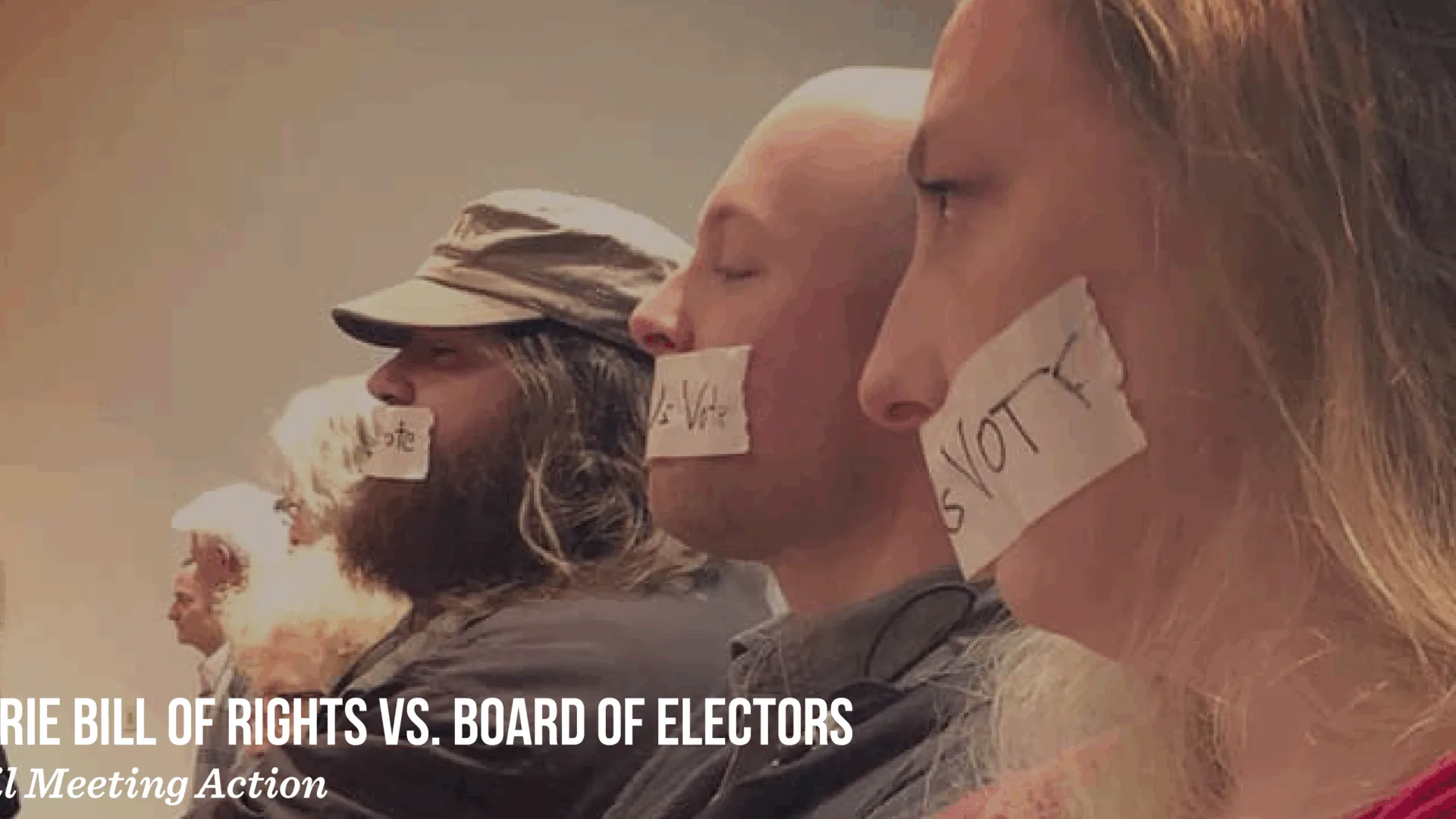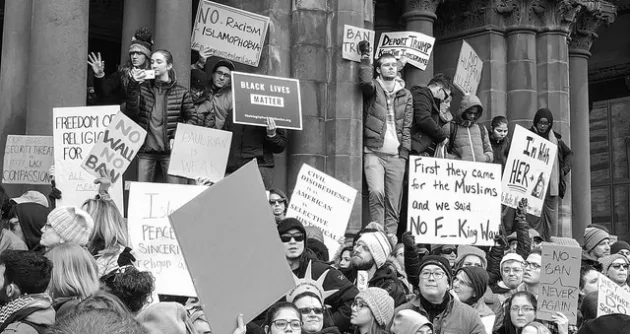Anatomy of a STATE And Corporate Attack on a People’s Movement
Since its inception, a state-wide movement in Ohio has faced a state and corporate attack that amounts to concerted opposition from all branches of state government, corporate lobbies, private law firms, and both political parties. The entire repressive apparatus has revealed itself in 2019, for all to see.
The People’s Movement
The story begins in 2012, when residents outside Cleveland, Ohio, in Broadview Heights, started a group called Mothers Against Drilling in Our Neighborhoods to oppose fossil fuel extraction in their community. They soon learned that Ohio’s regulatory process essentially empowered the involved corporations, while disempowering affected residents. In effect, prevailing laws barred their group from any meaningful democratic participation that would challenge the fossil fuel industry.
Read the Full Report Here



